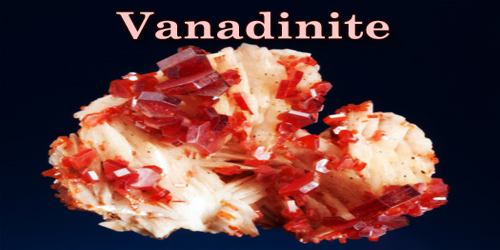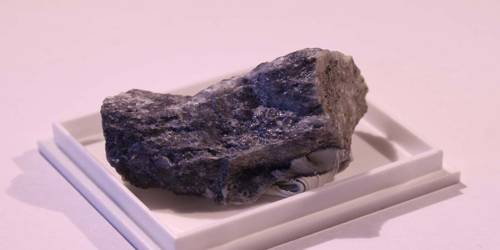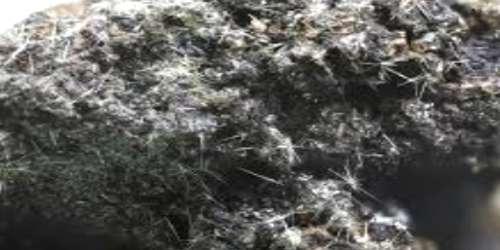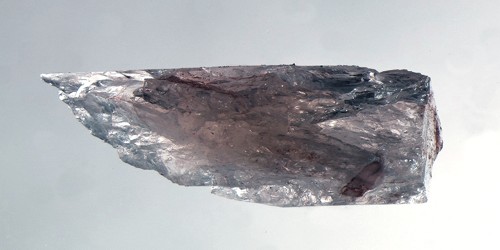Berthierite is a mineral, a sulfide of iron and antimony with formula FeSb2S4. It is steel grey in color with a metallic luster which can be covered by an iridescent tarnish. This mineral consisting of a sulfide of antimony and iron of a dark steel-gray color (specific gravity 4.0) Because of its appearance it is often mistaken for stibnite.
It was discovered in France in 1827 and named for the French chemist, Pierre Berthier (1782–1861).
General Information
- Category: Mineral
- Formula: FeSb2S4
- Crystal system: Orthorhombic
- Crystal class: Dipyramidal (mmm).

Properties
- Color: steel grey
- Cleavage: poor/indistinct
- Mohs scale hardness: 2-3
- Luster: metallic
- Diaphaneity: opaque
- Specific gravity: 4.64.
- Tenacity: Brittle
- Density: 4.64 g/cm3 (Measured)and 4.66 g/cm3 (Calculated)
Occurrence: In low-temperature hydrothermal antimony veins, in portions deficient in sulfur.
Association: Stibnite, arsenopyrite, pyrite, barite, calcite, quartz.
Berthierite is easily confused with the closely related mineral stibnite. The chemistry of berthierite differs from stibnite by having an additional sulfur and one iron ion. Characteristic wise, berthierite differs from stibnite in being found more frequently in acicular to fibrous clusters, having a brown streak and non-flexible crystals.
Use
It can be used for the elimination of skin disorders and external growths. It provides for stabilization during the process of birth and can ease pain and alleviate stress due to anxiety. It can also enhance the security of the newly born. It has been used in the treatment of conditions associated with infertility.
Information Source;
















